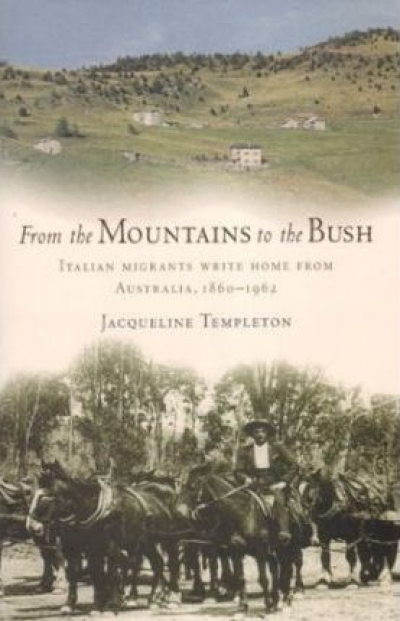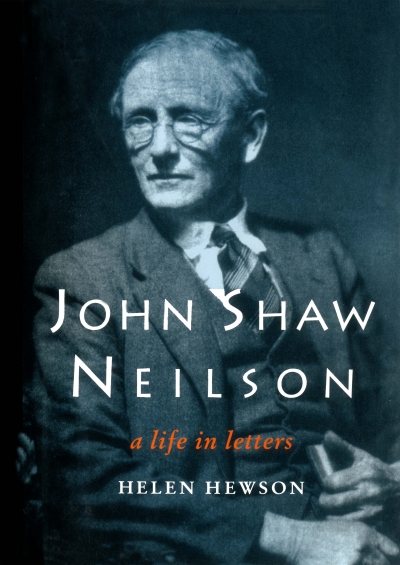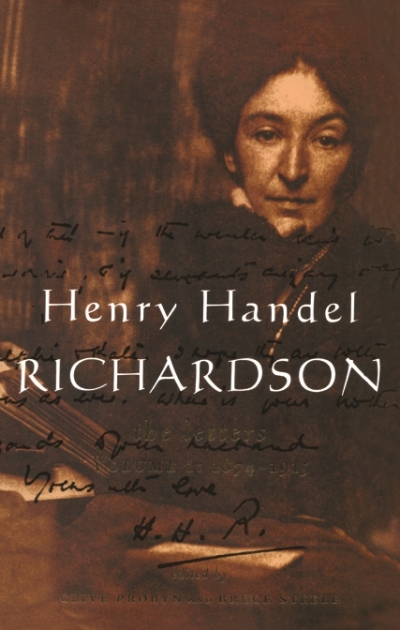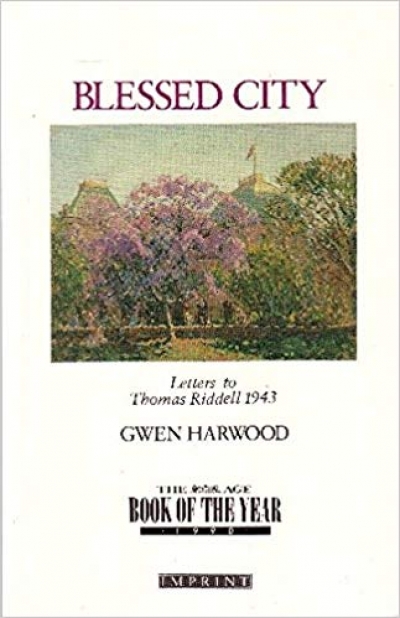Letters
From the Mountains to the Bush: Italian immigrants write home from Australia by Jacqueline Templeton, edited by John Lack and assisted by Gioconda di Lorenzo
by John Thompson •
Letters of John Reed: Defining Australian cultural life 1920–1981 edited by Barrett Reid and Nancy Underhill
by John Thompson •
A Steady Storm of Correspondence: Selected Letters of Gwen Harwood 1943–1995 edited by Gregory Kratzmann
by Brenda Niall •
Henry Handel Richardson: The letters edited by Clive Probyn and Bruce Steele
by Laurie Clancy •
My Dear Spencer: The letters of F. J. Gillen to Baldwin Spencer edited by John Mulvaney, Howard Morphy, and Alison Petch
by Barry Hill •
The Farthest North of Humanness: Letters of Percy Grainger edited by Kay Dreyfus
by Jim Davidson •
Behind the Lines: One woman's war 1914–18: The Letters of Caroline Ethel Cooper edited by Decie Denholm
by Nancy Keesing •















